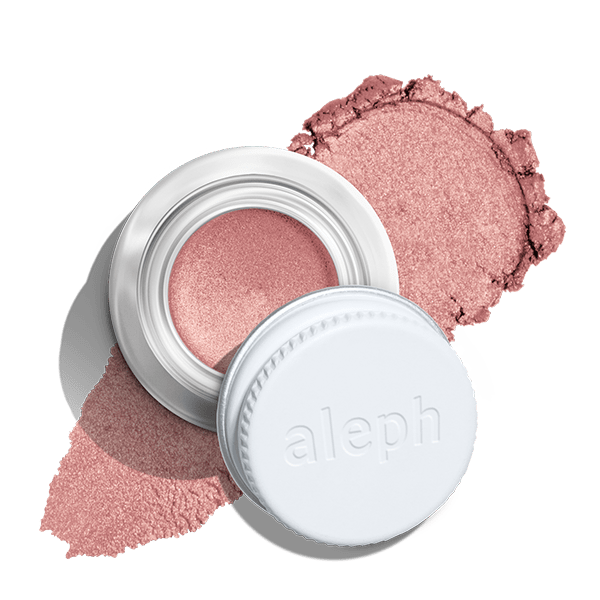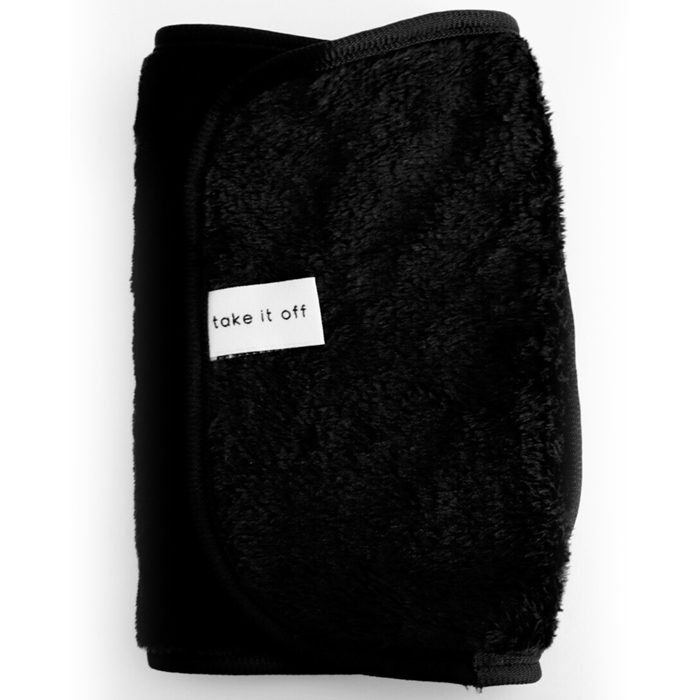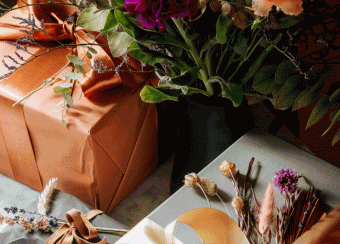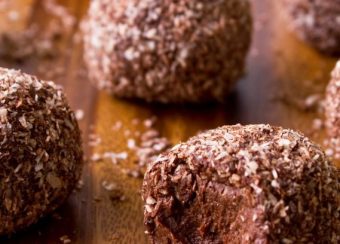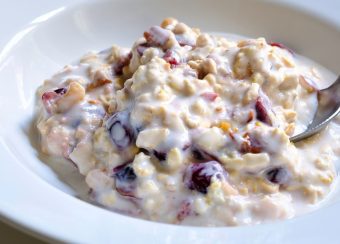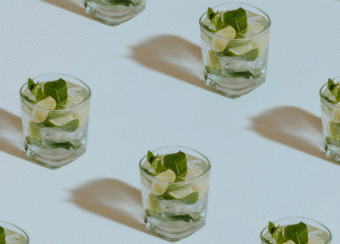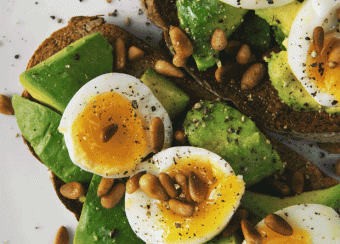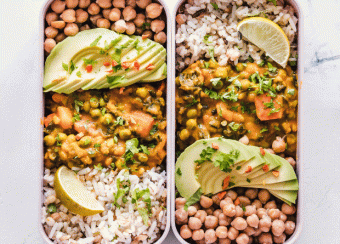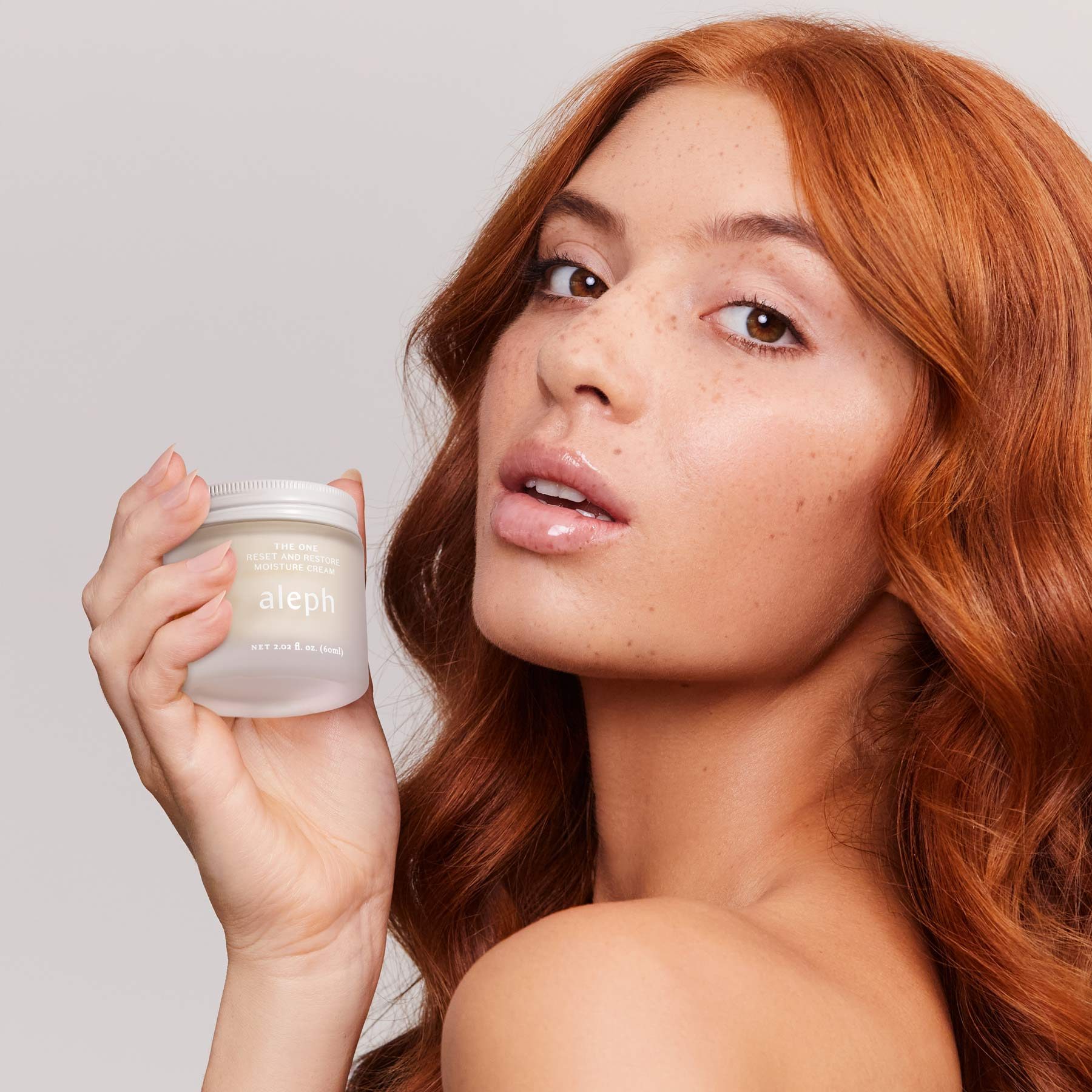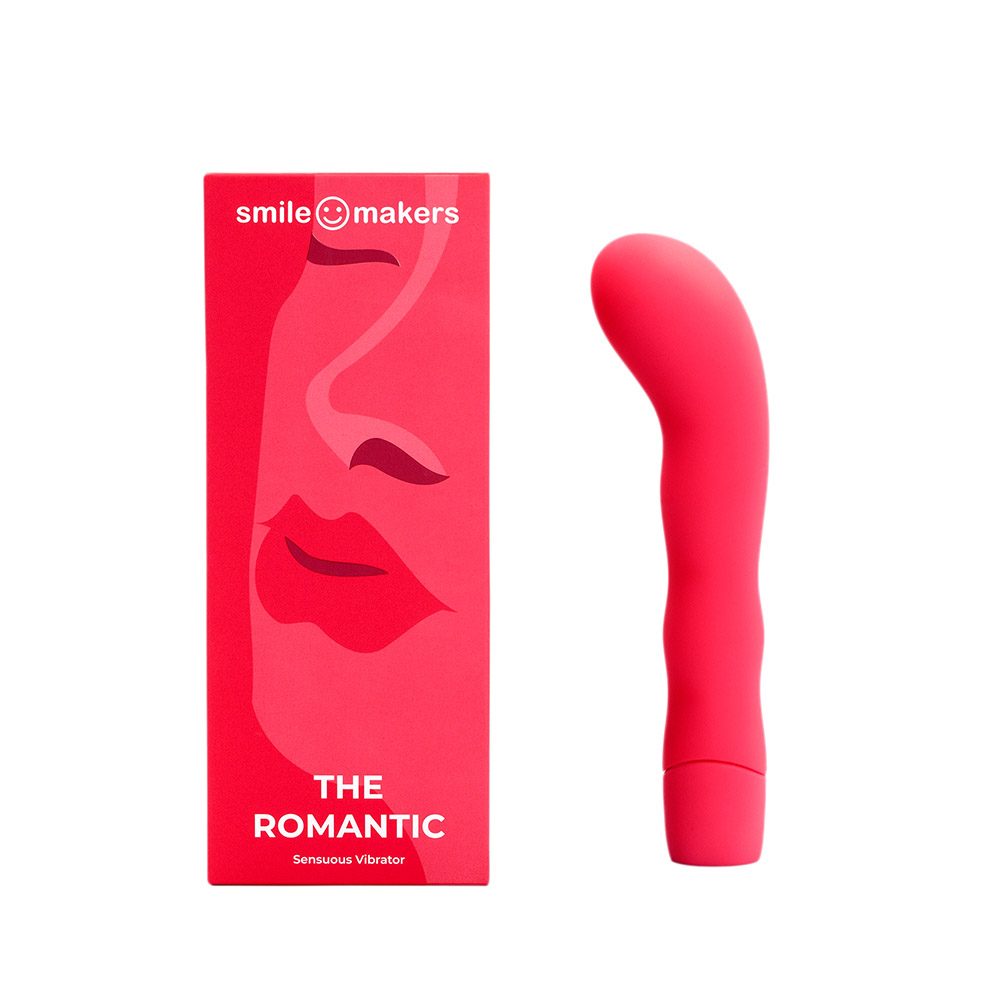Detox your home: Easy & Effective Tips for Creating a Clean and Healthy Living Environment
12/06/2023 2023-11-19 14:22Detox your home: Easy & Effective Tips for Creating a Clean and Healthy Living Environment
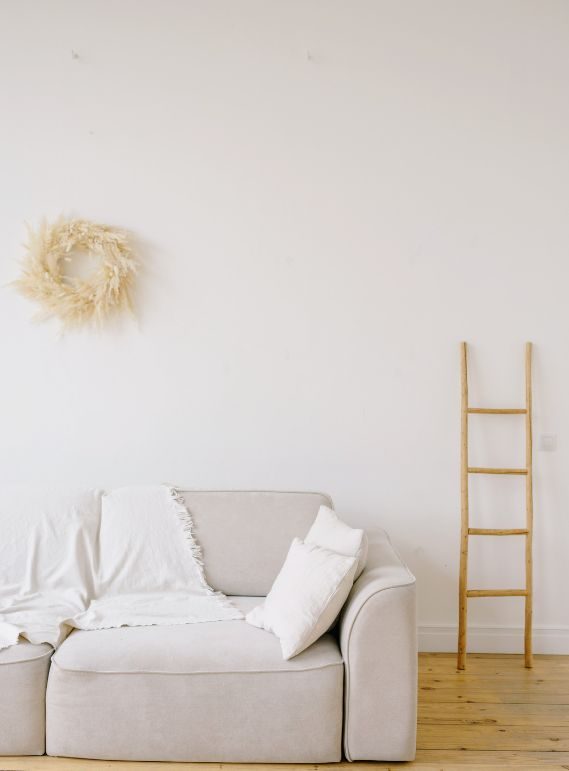
Detox your home: Easy & Effective Tips for Creating a Clean and Healthy Living Environment
It can be hard to believe that the air inside our homes is often more toxic than the air outside. We tend to think of our private havens as safe and clean, but given the nature of modern life, this isn’t always the case.
Instead, the air in our homes can be a toxic cocktail of chemicals: the cleaners we use to make sure our house is clean, the insect sprays we use to keep bugs away and the air fresheners we use for that clean-all-day smell…all contribute to our home’s toxicity.
But making your home healthier and greener doesn’t have to be expensive, or overwhelming. Just a few changes can improve the health of your home, everyone in it and the planet it inhabits. Here’s a few of our favourite tips for creating a healthier environment for you and your loves ones.
Ditch the pesticides
Pesticides kill cockroaches, mice, ants, and more. But overexposure and chronic small exposures may put children in particular, at risk of a range of health problems, including asthma.
Save money and promote health by focusing on prevention. Simple steps can keep cockroaches, flies and ants away, like washing dishes very carefully, cleaning up all food residue, keeping food packages and containers tightly closed, and sealing any cracks that are a point of entry into your home. It’s basic stuff, but it works!
And instead of spraying herbicides on your lawn, don’t be so worried about weeds. Get used to a little imperfection, or start regularly checking your greenspace and pulling them up when they appear.
Be careful with plastic bottles and canned foods
The safety of bisphenol A, a chemical found in polycarbonate plastics, is still being debated. We think that where there’s smoke there just may be fire, so it’s better to err on the side of caution and steer clear of them in your home if possible. These plastics are used in some water bottles and baby bottles, and also in the epoxy resins that line metal products like canned foods. If possible, look for safer water or baby bottles — either tempered glass bottles or plastic bottles made of cloudy plastics like polyethelene or polypropylene are generally safe.
Secondly, don’t microwave plastic food containers as heat can break down plastic fibres, and never microwave with cling wrap. Put food in a glass or ceramic dish and then cover with waxed paper or paper towels instead.
Use non-toxic cleaning products
The conventional cleaning supplies under your sink — with their “warning” and “poison” labels – inevitably contain a potent mix of chemicals. These chemicals have a very powerful effect on children in particular, their fumes exacerbating breathing issues and generally polluting the indoor air. When washed down the drain, they also pollute the ocean, rivers and lakes.
Instead, look for green cleaners that don’t contain chlorine or ammonia. Choose ones that say “petroleum-free,” “biodegradable,” or “phosphate-free”, or simply put your DIY hat on and make some yourself! There are plenty of great how-to’s online, such as how to use baking soda to scrub your tiles, and diluted lemon juice or vinegar to get your windows looking spotless.
Lose the shoes
It’s a common tradition in many Asian cultures to leave your shoes at the door before entering anyone’s home (including your own), and one that we would be smart to adopt. Several studies show that people who wear shoes indoors bring in lead, pollen, and pesticides, and kicking off your heels (or sandals) at the door is easy and free.
Add some indoor plants
According to studies done by NASA, growing indoor plants can dramatically improve the air quality inside your home. One NASA study also tested hundreds of houseplants to see which ones are the most indestructible in the face of neglect, so even the brown thumbs amongst us can get one board! Some great varieties for removing toxins in the air that are also the easiest to grow include Sanseveria, Spider Plants, Peace Lilies and ferns – and they look gorgeous while doing it!


